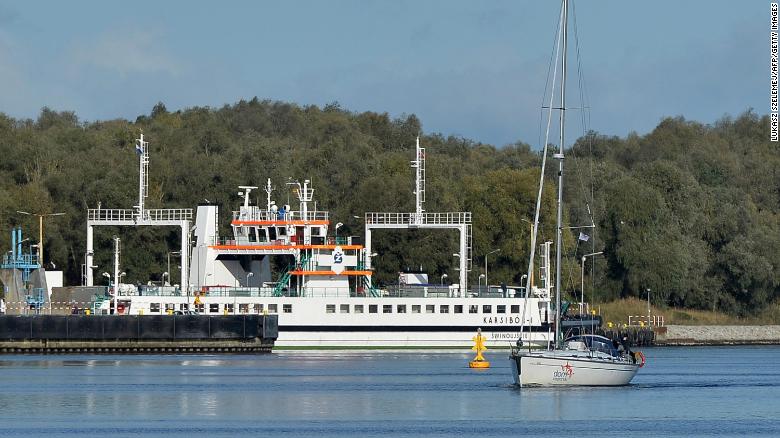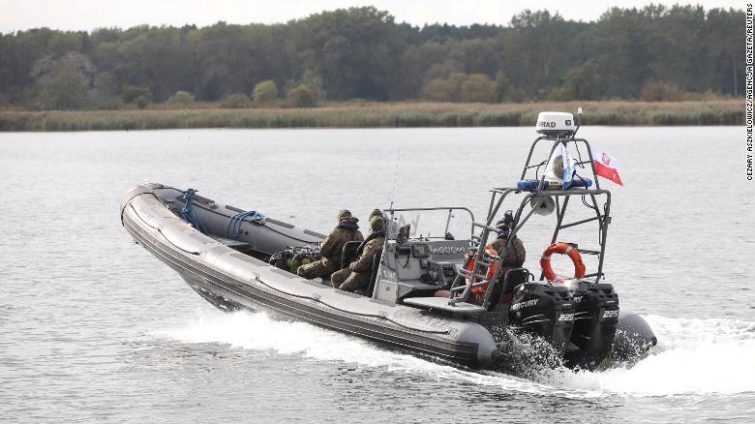Navy divers on Monday began a five-day operation to defuse the largest unexploded World War II bomb ever found in Poland, forcing more than 750 people to evacuate their homes.
Dubbed the "earthquake" bomb, the Tallboy bomb was used by Britain's Royal Air Force (RAF) and weighs nearly 5,400 kg, including 2,400 kg of explosive, the Navy said on its Facebook account.
The bomb was found in the Piast Canal which connects the Baltic Sea with the Oder River, and was dropped by the RAF in 1945 in an attack on the German cruiser Lutzow.The site is near the town of Swinoujscie in northwest Poland where a liquefied natural gas (LNG) terminal was opened in 2016.
"There will be no deliveries while the bomb is being neutralized," a spokeswoman at site operator Gaz-System said, adding the timing of the defusing of the bomb had been agreed between the firm, the Navy and local authorities.

"We dug up the moving part of the bomb, the middle part the bomb was left, as planned, so that the debris around it would keep the bomb in a fixed place, so that it would not move and the fuses would not be triggered,"
Michal Jodloski from the 12th Minesweeper Squadron of the 8th Coastal Defense Flotilla told private broadcaster TVN 24.On Monday, 751 people had to be evacuated from the area, local media reported.
"We are leaving for this week. We are afraid. The children should go to school and they would have to go past it every day, so there is a bit of fear," a local resident named Radoslaw told TVN24.
Latest Stories
-
PAG condemns attacks on journalists and politicians during Ablekuma North rerun
38 minutes -
The day the ink forgot the hoe – A tale of emancipation from revisionism in Nunyãdume
48 minutes -
Court remands man over police death threat video
58 minutes -
Trader refunds GH¢230,000 in mistaken bank transfer case
1 hour -
Two jailed 15 years each for robbery in Kumasi
1 hour -
Spiritual Society distances itself from Gblorkope Shrine murder, pledges full cooperation with police
2 hours -
Man arrested for robbery at Millennium City
2 hours -
Gisèle Pelicot given France’s highest award
2 hours -
French prisoner escapes in fellow inmate’s bag, officials say
2 hours -
Disappointment as Drake’s final Wireless show ends after 40 minutes
2 hours -
EU delays retaliatory trade tariffs against US
2 hours -
EU flags Algeria and others as high-risk in new money laundering watchlist update
3 hours -
SA police minister suspended over organised crime allegations
3 hours -
Trump will be hosted by King at Windsor during second state visit
3 hours -
WAFCON 2024: ‘We have destiny in our hands’ – Black Queens boss Bjorkegren
6 hours

